 GRAPHIC CONTENT WARNING
GRAPHIC CONTENT WARNING 
Please be aware that the nature of the content in this article may be harmful or disturbing to some readers. It includes information and photos on fur farms, dead animals, and neglect.
Introduction:
On January 13th, 2025, Wild Spirit received more intake requests in one day than we typically do in an entire YEAR… Over 450 wolfdogs, coyotes, red foxes, skunks, raccoons, and more had been left behind at an Ashtabula, Ohio fur and urine collection farm following the death of their owner. We were contacted and asked to assist in placing as many canines as possible, but with a timeline of just 2 weeks to save them… Because these animals were there for the collection of their urine and fur, the conditions they lived in were horrific, but the majority were never meant to leave them alive. What’s worse, many were already deceased upon arrival, and approximately 80 more had to be euthanized due to the neglect they had endured. But we came to get them out. We made the trip to Ohio not once, but twice, to aid the organizations spearheading this mission in moving animals off-site. On the first trip, we selected 8 animals to spend the rest of their lives in our care, and after dropping them off in New Mexico, turned right back around to assist in catching, vetting, and transporting 15 more to WolfWood Refuge in Colorado. Though we thought our contributions to this mission were complete, in April, we found ourselves offering placement to 6 more rescues. These animals (along with 4 others) had been living temporarily at the Indiana Coyote Rescue Center since the fur farm’s shut down in January, but they still needed a permanent place to call home. When asked if we could take them in, we couldn’t say no. This was undoubtedly one of the most taxing rescues we have ever been a part of, but knowing approximately 350 animals were saved in less than 3 weeks makes it one of the most rewarding. We realized that this story has likely conjured a number of questions regarding the fur- and urine- collection industry, so we’ve done our best to provide additional information below. If there’s something we didn’t cover, please feel free to let us know in the comments, or contact us via email at info@wildspiritwolfsanctuary.org.
Background of the Ashtabula Fur Farm:
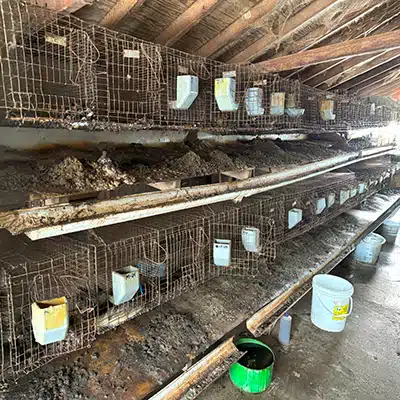
What was the nature of this operation?
- The animals housed at this facility were raised and slaughtered for their fur; held captive for the collection of their urine; bred and sold as exotic pets; or used as a source of food for the other animals.
- The species involved in this care included (in order of magnitude) coyotes, red foxes, skunk, wolfdogs, wild boar, raccoons, and opossum.
Is it legal to kill wolfdogs for their fur?
- It’s important to note that on a federal level, wolfdogs are considered a domestic animal–a dog–rather than a wild one. This is also true in the state of Ohio.
- In most states throughout the U.S. (including Ohio), it is illegal to kill a dog, with limited exceptions pertaining to the safety of humans, their animals, or their property.
- Likewise, it is illegal in most states to skin a dog (even if you did not kill it).
- With this in mind, we suspect the wolfdogs involved in this operation were most likely intended for sale in the exotic pet trade, rather than the fur farming industry.
- That being said, they were certainly being used for the collection of their urine.
Where are the animals that were saved?
The animals involved in this operation are now in the care of licensed wildlife rehabilitators and sanctuaries across the country including (but not limited to):
Wildlife Rescue and Rehabilitation
Red Riding Hood Rescue Project
How are they doing in their new homes?
- While we aren’t connected to all the facilities that took on these rescues, we are in almost daily contact with the ones that took wolfdogs (a few of which took foxes as well).
- We are pleased to say each of these animals are doing great in their new homes, and many are surprisingly open to building relationships with humans!
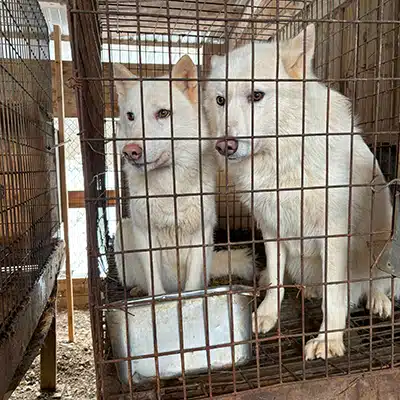
Background on Fur Farming:
What is a fur farm?
- An operation where animals are bred and raised for the production of their fur, which is most commonly harvested for the clothing industry.
What types of animals are used for the collection of their fur (specifically in the United States)?
- The types of animals used in these operations are typically small to medium sized mammals like foxes, coyotes, raccoons, mink, muskrats, bobcats and lynx. Rabbits and chinchillas also make up a large part of the fur farming industry.
- The two MOST commonly used animals are mink and foxes, respectively.
- Unfortunately, finding reliable statistics on the number of pelts harvested each year is difficult, as many fur farming operations are not regulated by federal agencies.
Where do the animals living in fur farms come from?
- According to numerous sources, it is believed that 95% of fur used in the clothing industry today comes directly from fur farms (meaning it is collected from animals that have been bred and raised in captivity through multiple generations), while the remaining 5% comes from animals trapped and killed in the wild.
How is the fur harvested?
- While animals like sheep, llamas, and alpacas have coats that can be safely and ethically harvested each year of the animal’s life, those used in the fur-farming industry do not.
- As a result, these animals are killed and skinned (or “pelted”) to remove the entirety of their coats.
- To make this process as quick and profitable as possible, most animals will be killed and pelted as soon as they are full-grown (which for most wild mammals will be within the first 9 months of their life), always during the winter season, when their coat is the thickest, warmest, and most attractive to buyers.
- Pelts that are sold into the clothing industry fetch a higher price if they are completely undamaged.
- To achieve this, animals are killed by methods such as blunt-force-trauma to the head (often using something flat, like a shovel), or more commonly, by anal electrocution using a cattle prod or similar.
Are these operations legal in the U.S.?
- There are no federal regulations that protect animals living in fur farms, and animals housed in these operations are not subject to the protections offered under the Humane Slaughter Act either.
- Instead, each state (or the counties within a state) have the option to create laws for themselves.
- In the United States, California is the only state that has completely banned fur-farming (which occurred in 2019).
- Select cities in Massachusetts, Michigan, and Florida have passed fur-free legislation, but these do not apply to the states as a whole.
- While the existence of fur farms is still legal throughout the state, New York did implement a ban on anal and genital electrocution of foxes, which is currently the only state-level law on fur farm welfare.
- Alternatively, in the last two decades, more than 25 countries outside the U.S. have either voted to ban fur farming, have prohibited the farming of certain species, or have introduced stricter regulations that have effectively curtailed the practice.
How can the animals be allowed to live in such a state of neglect?
- It goes without saying that those in the fur-farming business are not in it for their love of animals.
- Instead, these living, sentient beings are just another product waiting to be sold.
- Unlike most products, which need to be in good shape to turn a profit, the animals themselves really don’t… So long as their fur is in relatively decent shape, it can be sold.
- And what better way to cut down on the costs of your business than by keeping the animals in small spaces and with just enough food, water, shelter, shade, and warmth to barely survive until they’re full grown (which, as a reminder, is typically around 9 months of age for many species)?
- Finally, because animals living in fur farms are intended to die (for uses other than human-grade food), we suspect that regulating agencies don’t see much of a point in jumping through all the hoops required to ensure these animals are adequately cared for during the short time they’re alive (though we strongly disagree). Such steps would include things like adopting regulations, issuing permits, conducting inspections and follow-ups, enforcing regulations, and more.
Background on Urine Farming:
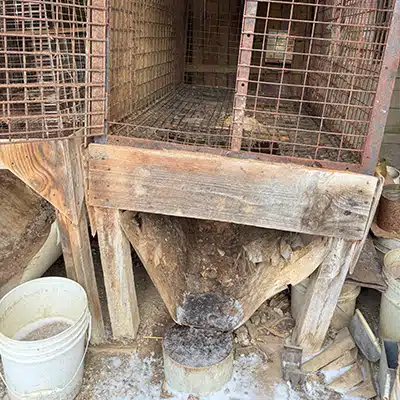
What is a urine-collection farm?
- An operation where animals are bred and raised for the collection of their urine, which is sold for use in the following industries:
- Thankfully, the production of synthetic alternatives has greatly reduced the use of urine (or other animal byproducts) throughout much of this industry, though there are still some who use these products.
- Hunting – Used to cover human scents or as a lure that attracts animals to a location
- Trapping – Used as a lure that attracts animals to a location
- Gardening & Home Care – Used as a deterrent to keep pests out of an area
- Captive Animal Care – Used as a form of enrichment for animals living in human care, especially carnivores/predators
- Perfume & Cologne – Used to produce certain scents to be worn by humans.
What types of animals are used for the collection of their urine?
- There is a WIDE variety of animals used in the urine-collection industry, and from many walks of life: Mammals, birds, reptiles, and even insects are a part of this industry!
- Some of the most common animals include deer, elk, bobcats, lynx, bears, coyotes, foxes, skunks, raccoons, and wild boar.
- Pregnant mares (horses) are also used for the collection of their urine, which is used to produce estrogen and hormone-replacement drugs.
Where do these animals come from?
- Animals may be born and raised in captivity or captured and removed from the wild.
How is urine harvested?
- Animals in urine-collection farms live in small stalls or cages in which the “floors” are made of materials that allow urine to drain down a funnel and into storage containers.
- While larger animals like deer and elk will live on floors that are mostly solid (but with the presence of drainage slats or holes) to safely bear their weight, smaller animals like mink, foxes, raccoons, skunks, and coyotes often live on wire floors that cause them great discomfort to sit, lay, and stand/walk on.
Are these operations legal in the U.S.?
- There are no federal regulations that protect animals living in urine-collection farms, and we were unable to find evidence of any states and/or counties that currently possess their own regulations.
- In the case of pregnant mares, certain agencies have established and/or adopted “standards of care” for horses used for these purposes, but to what degree they are regulated remains to be seen.
How can the animals be allowed to live in such a state of neglect?
- It goes without saying that those in the urine-collection business are likely not in it for their love of animals.
- Instead, these sentient beings act as living “factories” manufacturing a product to be sold.
- Because that product is pee, all an animal really needs to produce it is enough food and water to go.
- And what better way to cut down on the costs of your business than to do just that?
- Unfortunately, we truly cannot say why regulating agencies would choose to leave facilities like these except from their oversight, but we are disappointed to know that’s currently the case.
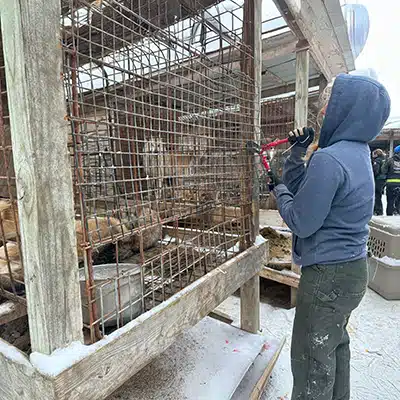
How We Can Help:
How can we avoid contributing to the supply and demand of unethical practices?
- In our opinion, there is no such thing as an “ethical” fur or urine farm.
- While many operations claim their animals are well cared for, they offer no proof to substantiate these claims, and we cannot simply accept their word as fact. This is especially true when they are not overseen by a regulatory body conducting routine inspections and holding them to a legal standard of care.
- When it comes to fur farms, we believe the degree of “proper care” is irrelevant to animals who exist to be killed and skinned–in many cases, before they’ve even reached their first birthday.
- The same can be said for those forced to live in a small urine-collection cage–often with minimal food, water, enrichment, or companionship, let alone necessary vet/medical care–until they are killed or pass away naturally.
- There are many ways we as consumers can avoid supporting these practices:
- Real Fur: Commonly used for clothing, boots, blankets, rugs, and home decor
- Urine, Scent-Glands, or Other Byproducts: Commonly used for hunting, trapping, or fishing lures; lawn and garden sprays (usually in the form of pest deterrents); and perfumes and colognes
- Do you or someone you know have items containing real fur that you have no desire to keep? If so, did you know you can donate them to organizations like ours through programs like the one below, in which we give these items back to the animals to be used as bedding or enrichment? https://www.bornfreeusa.org/campaigns/fur-trade/fur-for-the-animals/
- While we aren’t here to encourage anyone to waste money already spent on things like perfume, lures, or pest deterrents that contain urine or other animal byproducts, you can make the conscious decision to purchase products made with synthetic alternatives in the future!
- Thankfully, the production of synthetic alternatives has greatly reduced the use of animal byproducts throughout much of the perfume industry, but if you find yourself in possession of a product that does contain these materials and you wish to get rid of it, please consider donating it to zoos or sanctuaries that can use it for enrichment.
- Educate yourself and others that care about animal-related issues. Feel free to share this article with anyone else that might be interested in the realities of these industries.
- Avoid purchasing products that contribute to these practices and seek synthetic/artificial alternatives instead of:
- Check the items already present in your home!
What can we do to try to create change / shut these practices down?
- Since there are currently no laws overseeing the fur and urine farming industries, the biggest thing we can do is deprive them of their profits. If these businesses can’t make enough money to sustain themselves, they will almost certainly be forced to shut down.
- Beyond that, petitioning local, state, and federal law makers is another step people can take in seeking change–unfortunately, these efforts usually require a massive show of support. Thankfully, there are organizations out there already seeking to spearhead this work, so we encourage you to research who they are and how they are encouraging people to help!
What can I do if I learn about a similar operation in my city, county, or state?
- Unless your area has laws related to these practices, there is currently very little that can be done to fully stop them, or even to ensure the animals’ welfare.
- That being said, you can always report these operations to local, state, or federal organizations seeking to make change, even if it’s just so they can have them on their radar in case their assistance is ever needed (as it was in the case of the Ashtabula operation).
How can we help support the organizations that helped make this rescue possible?
- We listed the organizations involved in placing animals from this rescue above, and encourage anyone wishing to support them (whether through words of support, donations, or anything else) to reach out to them directly!
- Feel free to follow these organizations on social media, sign up to receive newsletters and updates, visit for a tour (if that’s something they offer), or send them a letter or email showing your support!
- Donations are, of course, also appreciated, as it’s donors who allow us to do this life-saving work!
Additional Information from Humane World:
This rescue was made possible thanks to the efforts of Humane World (Humane Society of the United States & Humane Society International), as well as local law enforcement officials.
Below are two articles provided by Humane World at the conclusion of this case:
https://www.humaneworld.org/en/ohio-fur-and-urine-farm-rescue

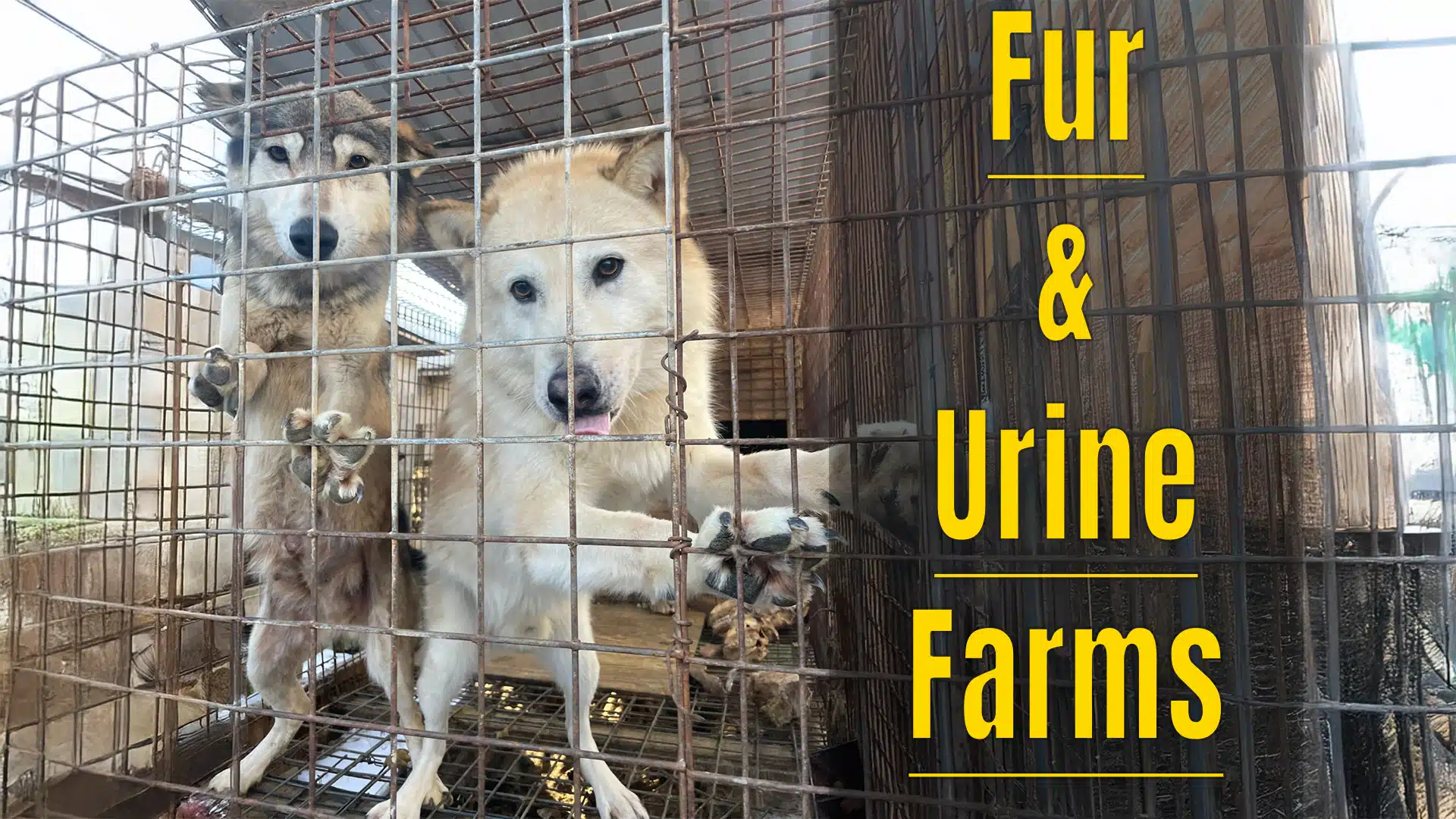
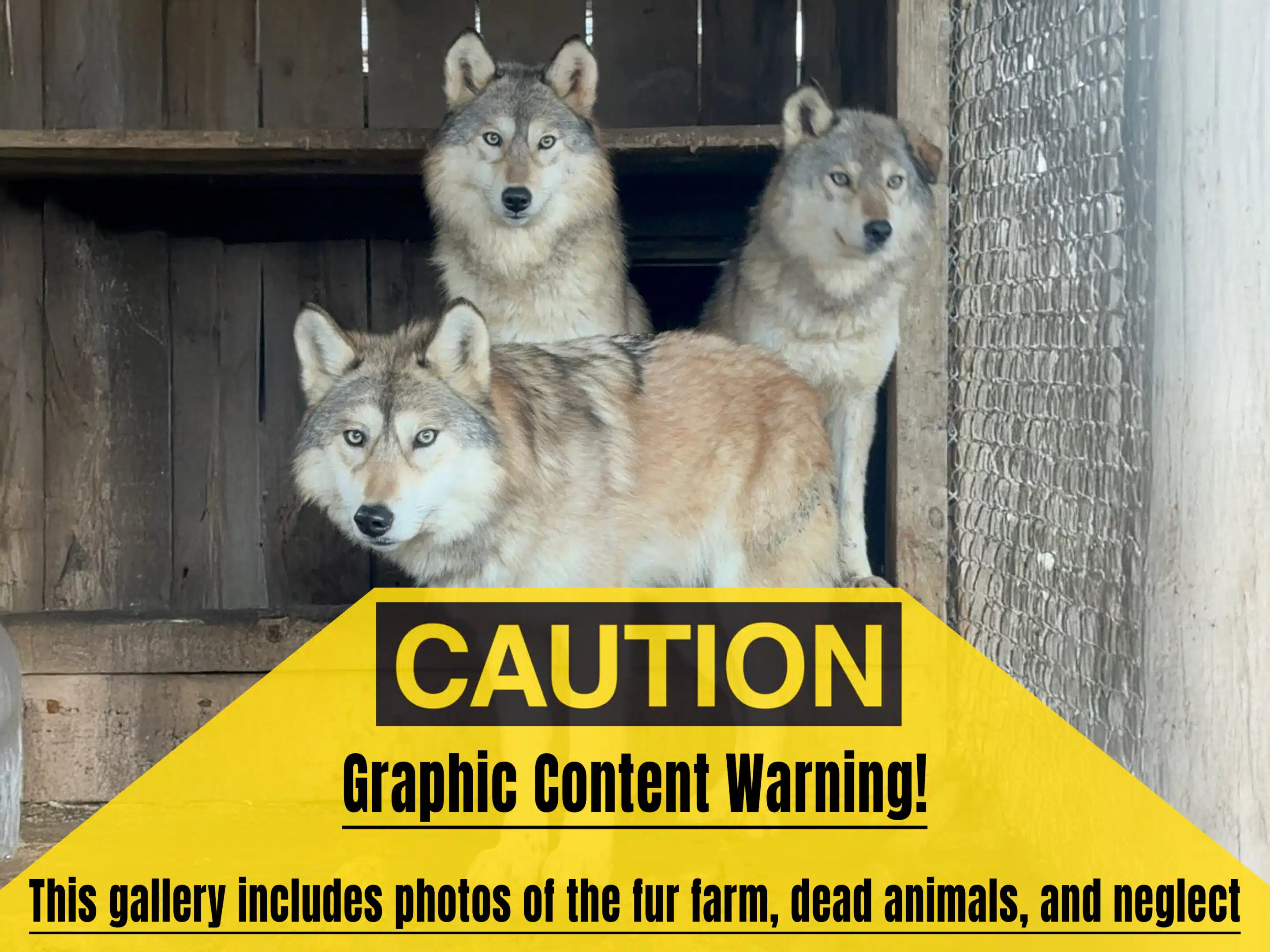
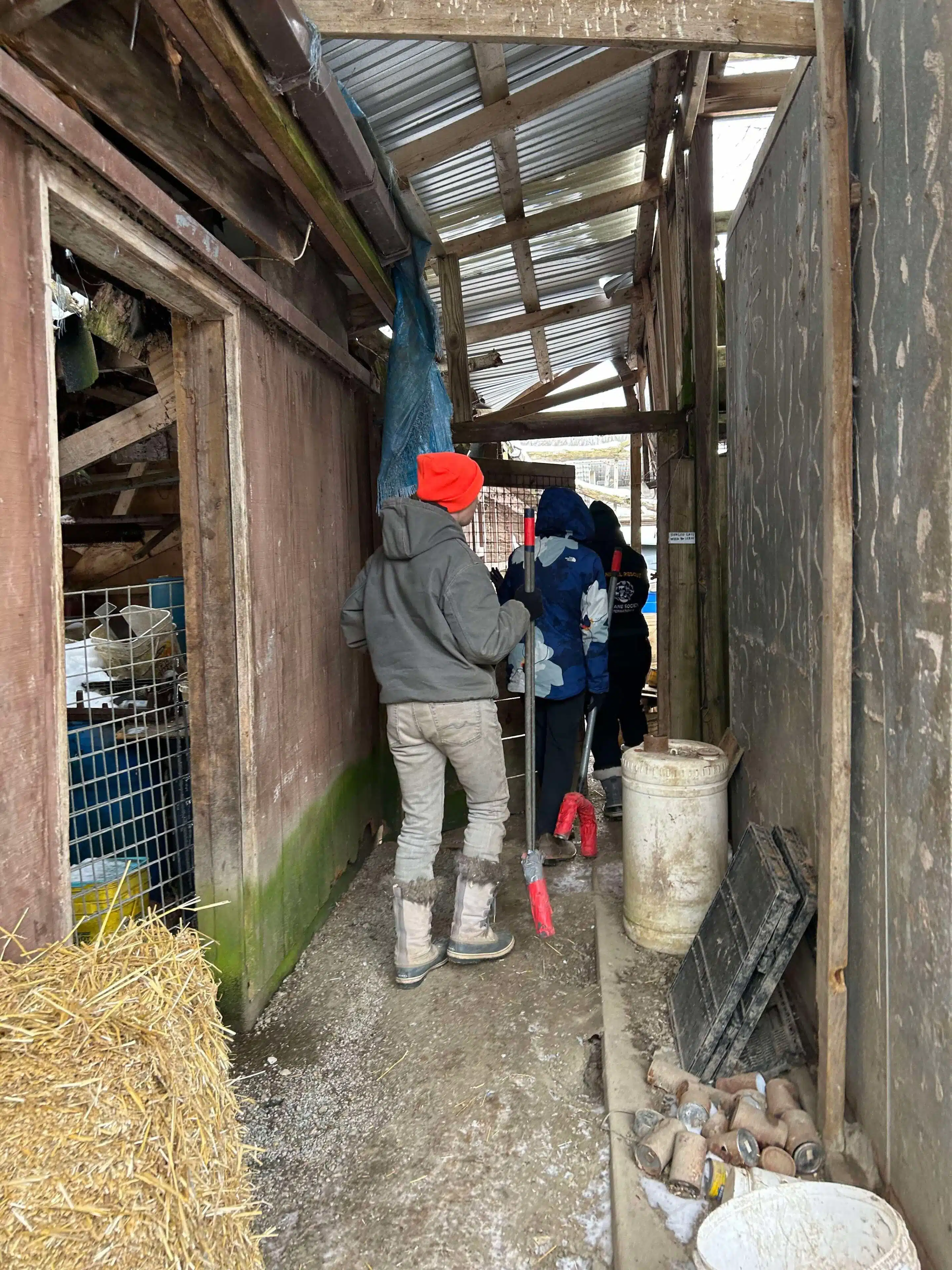
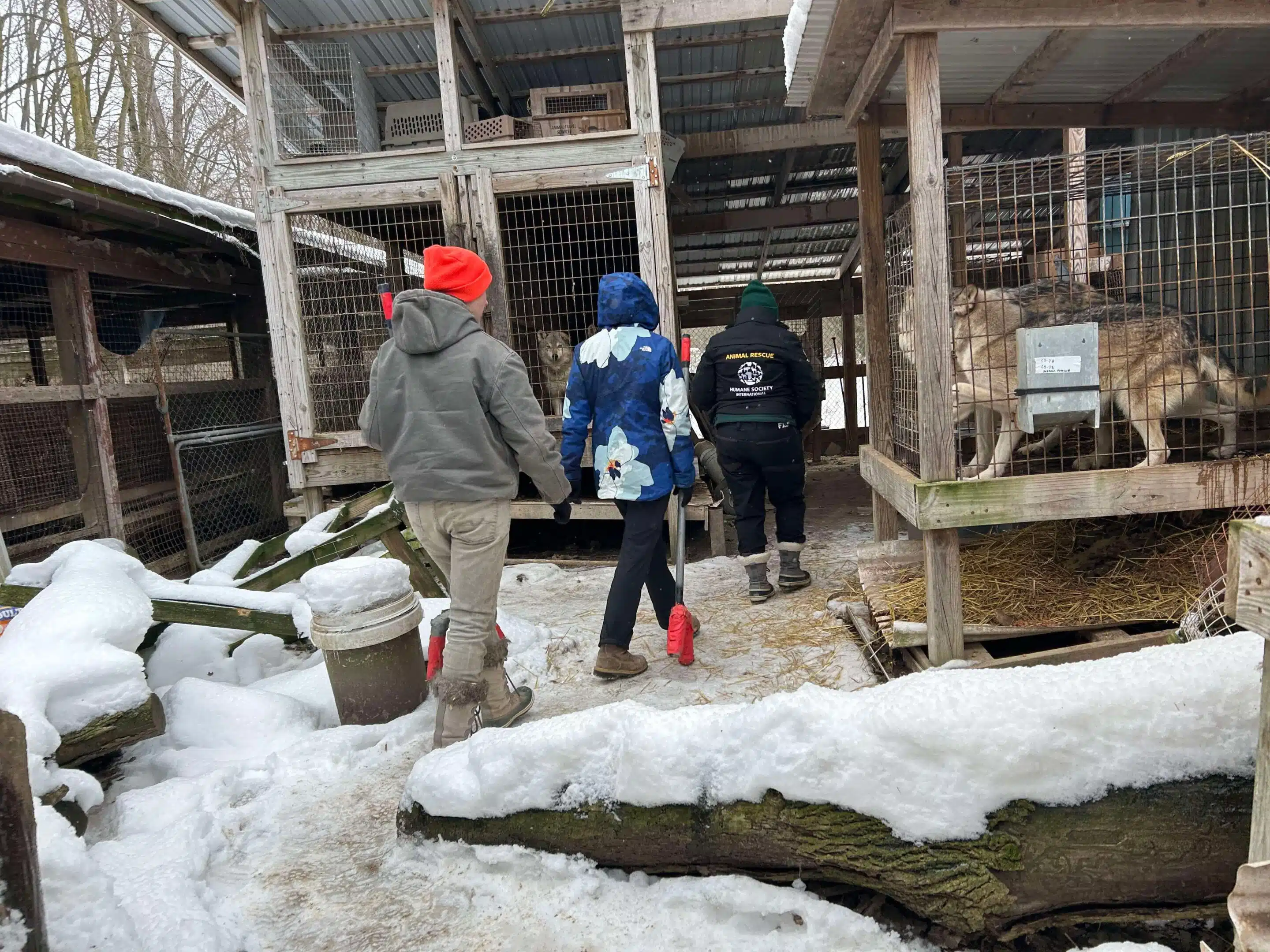
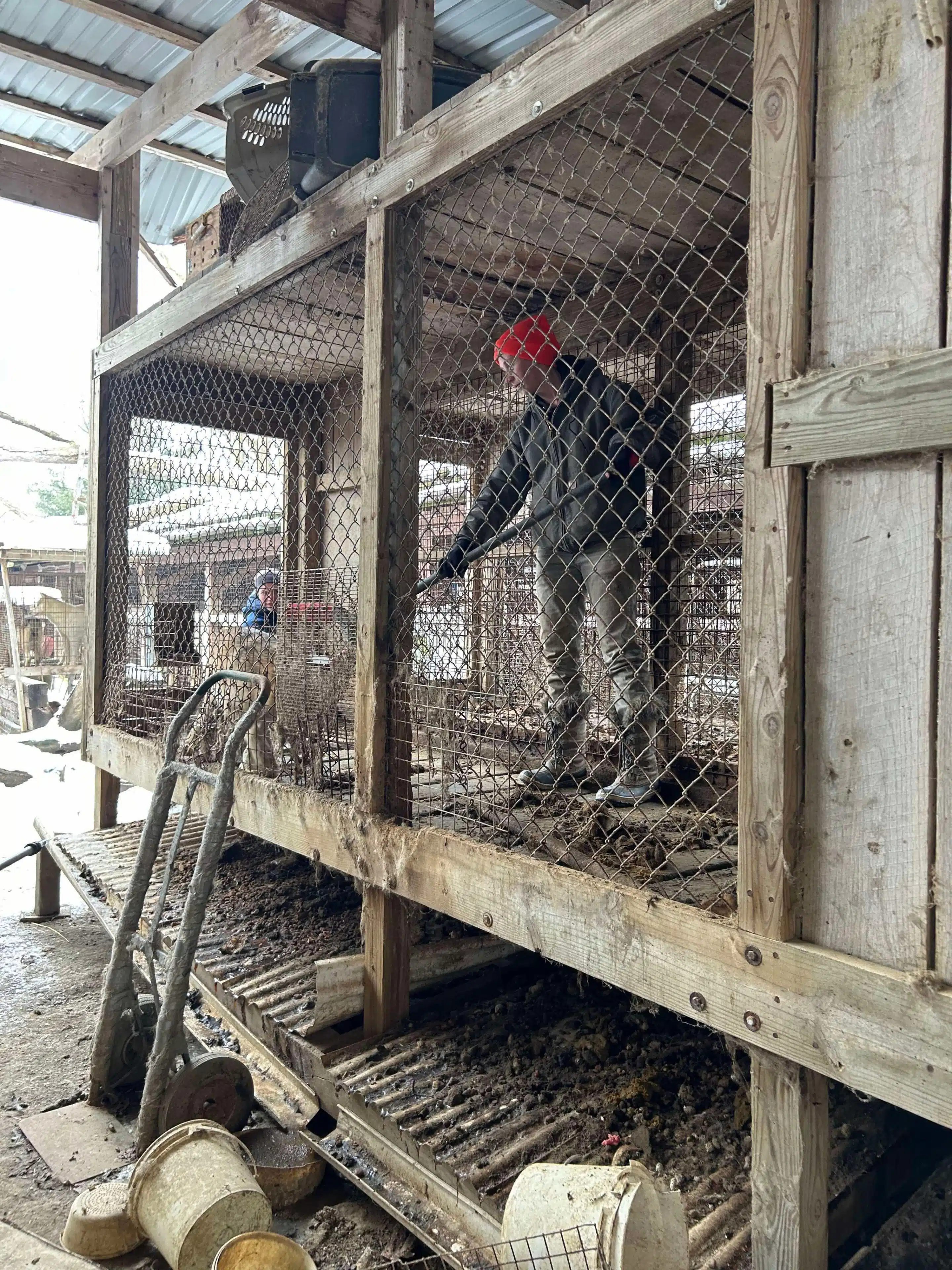
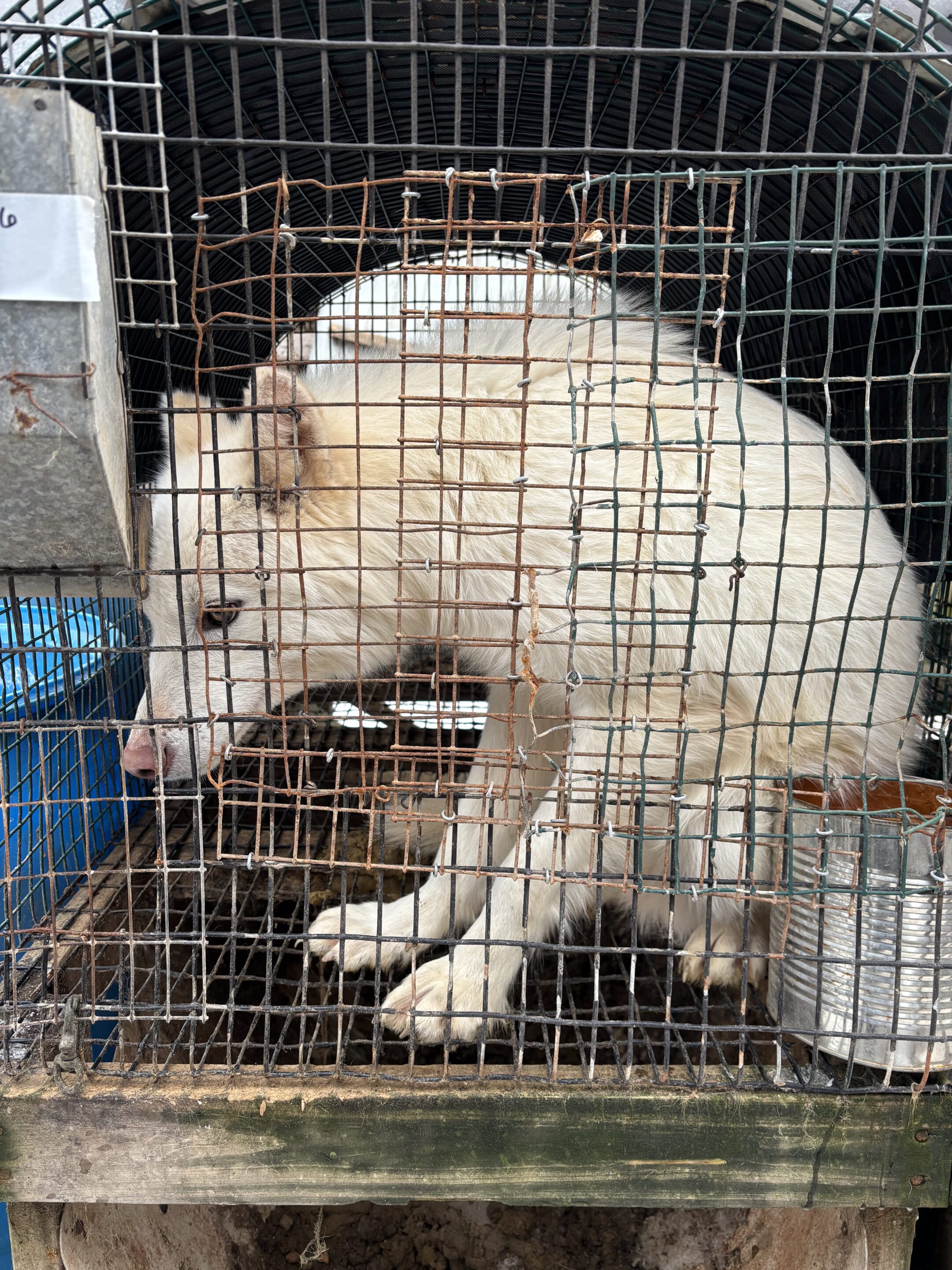
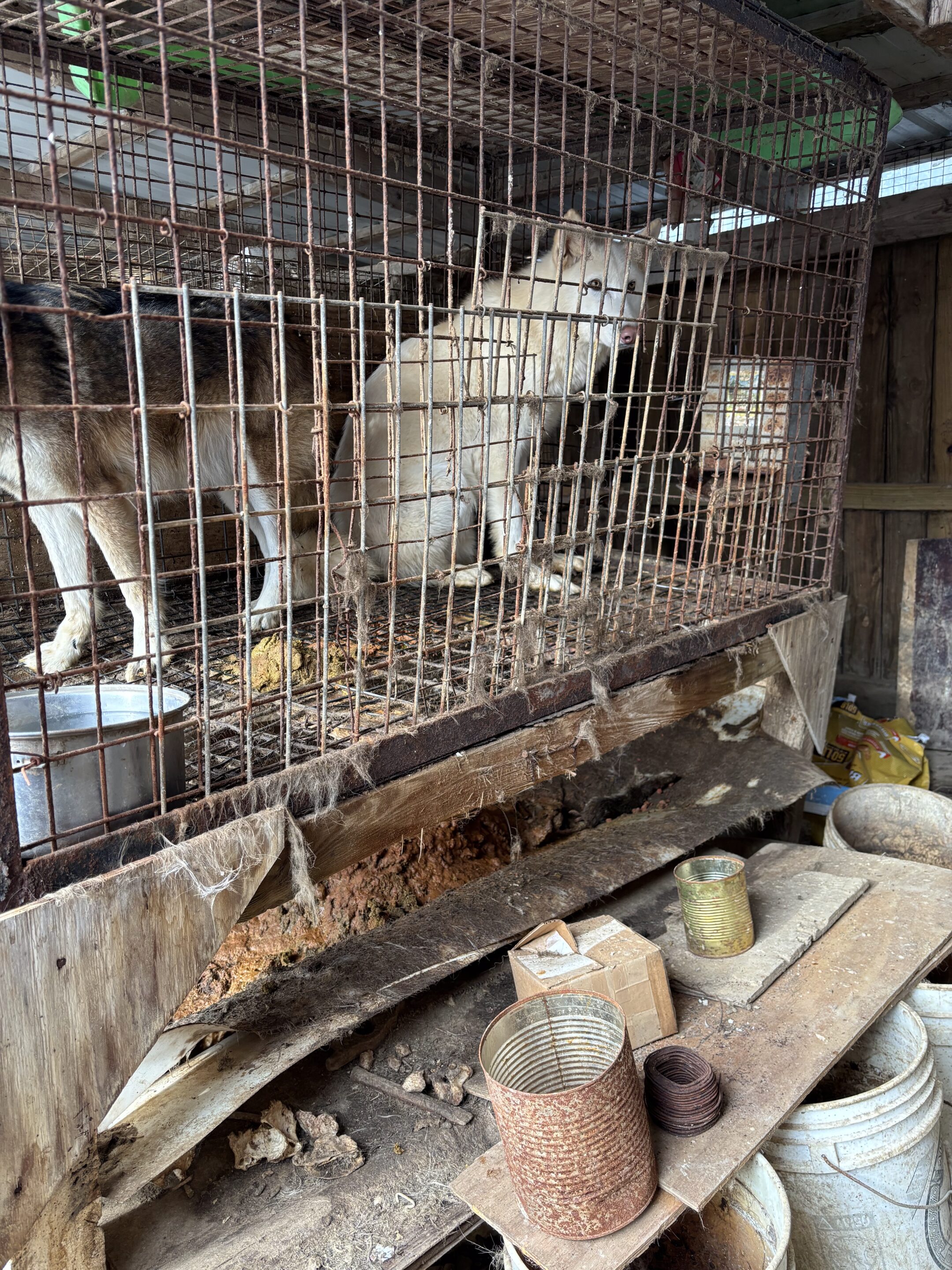
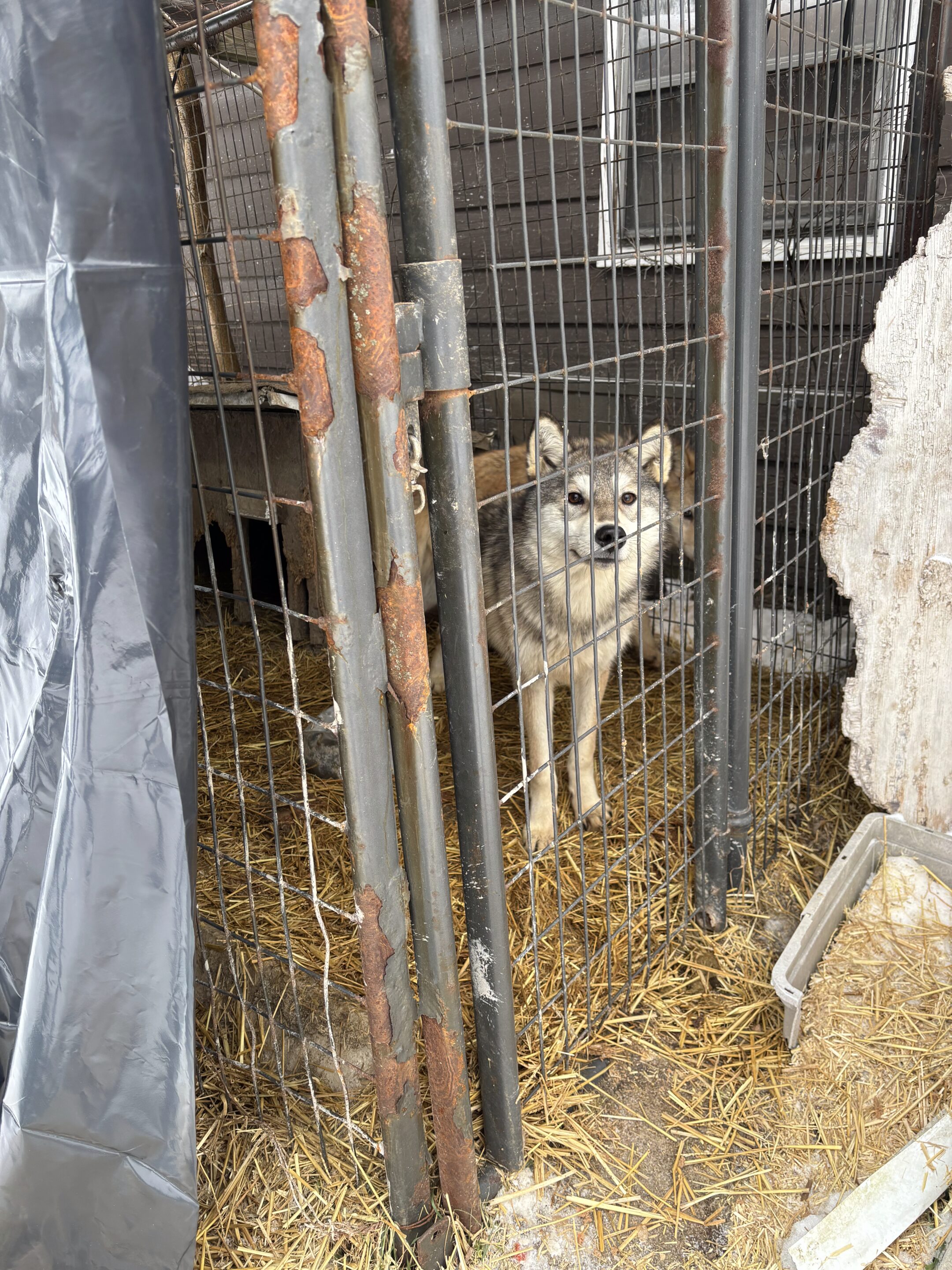

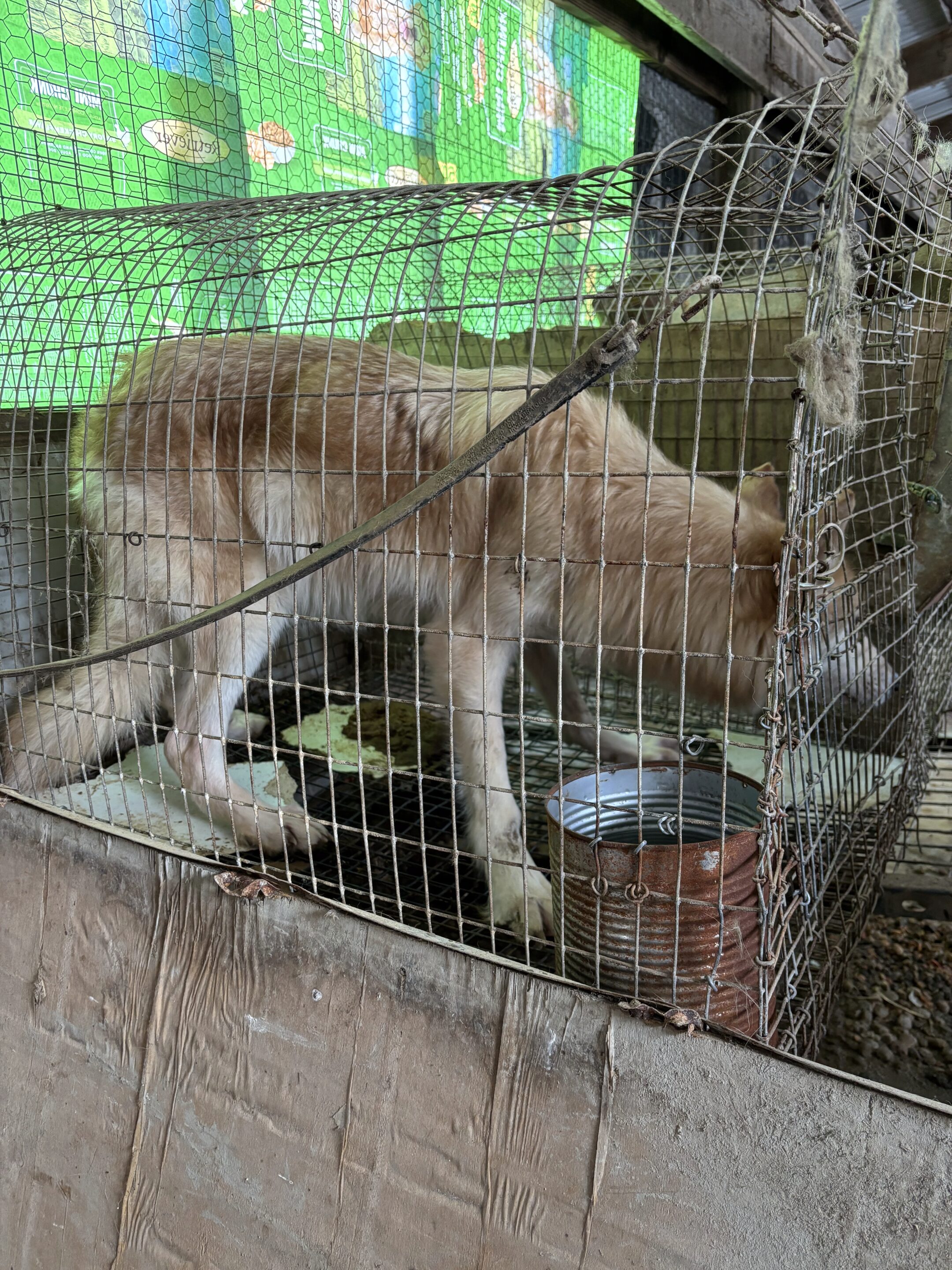
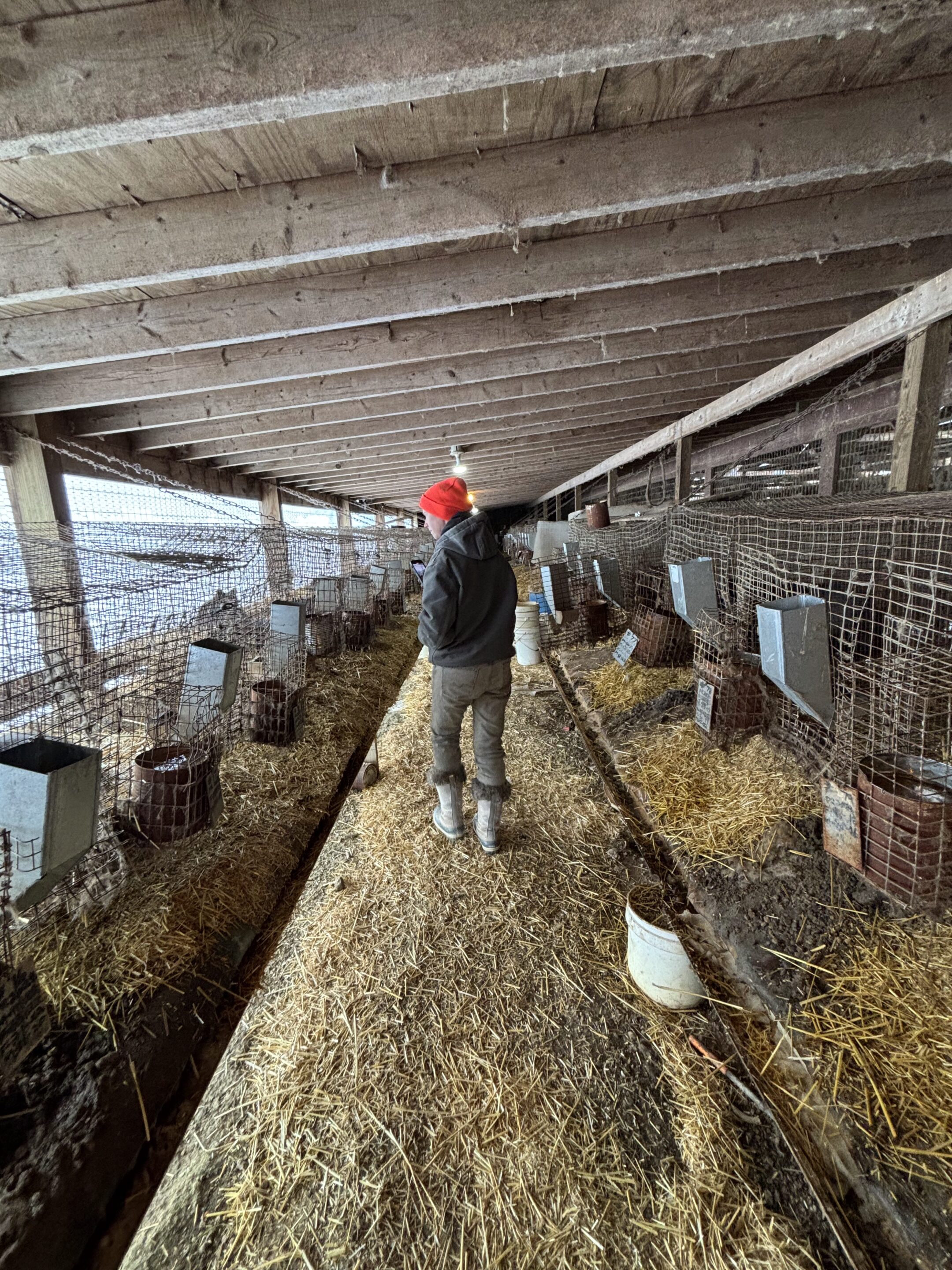
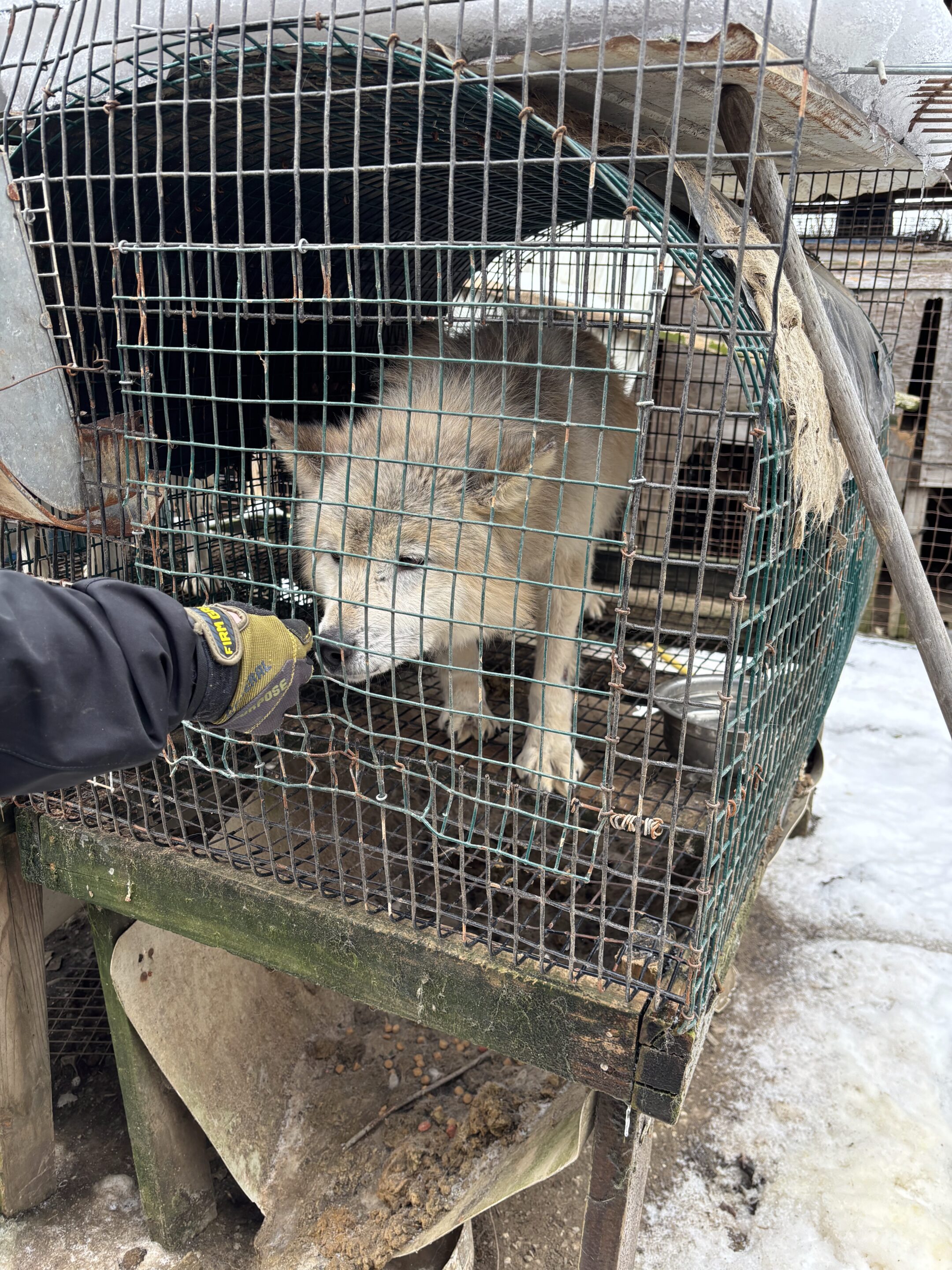
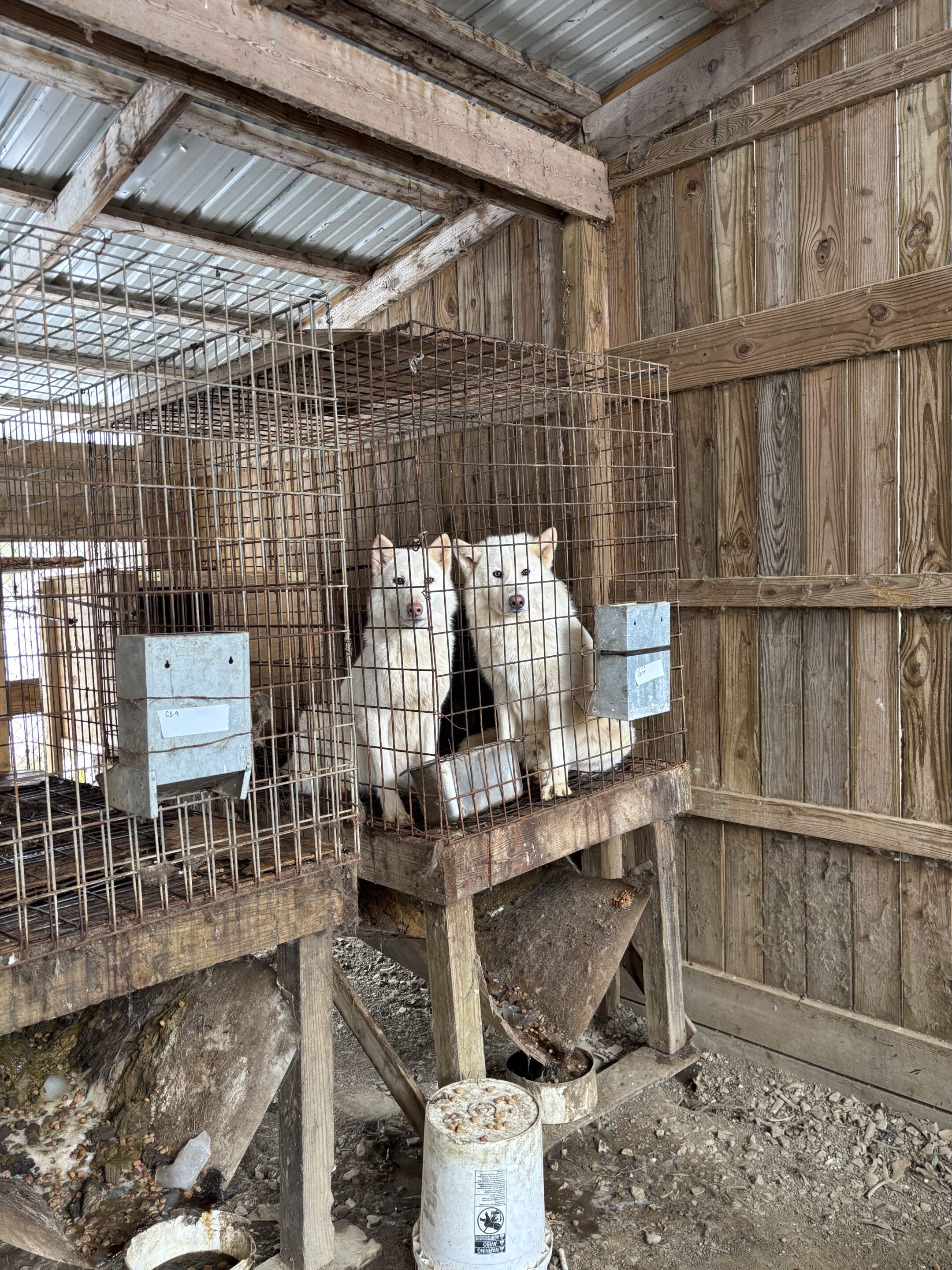

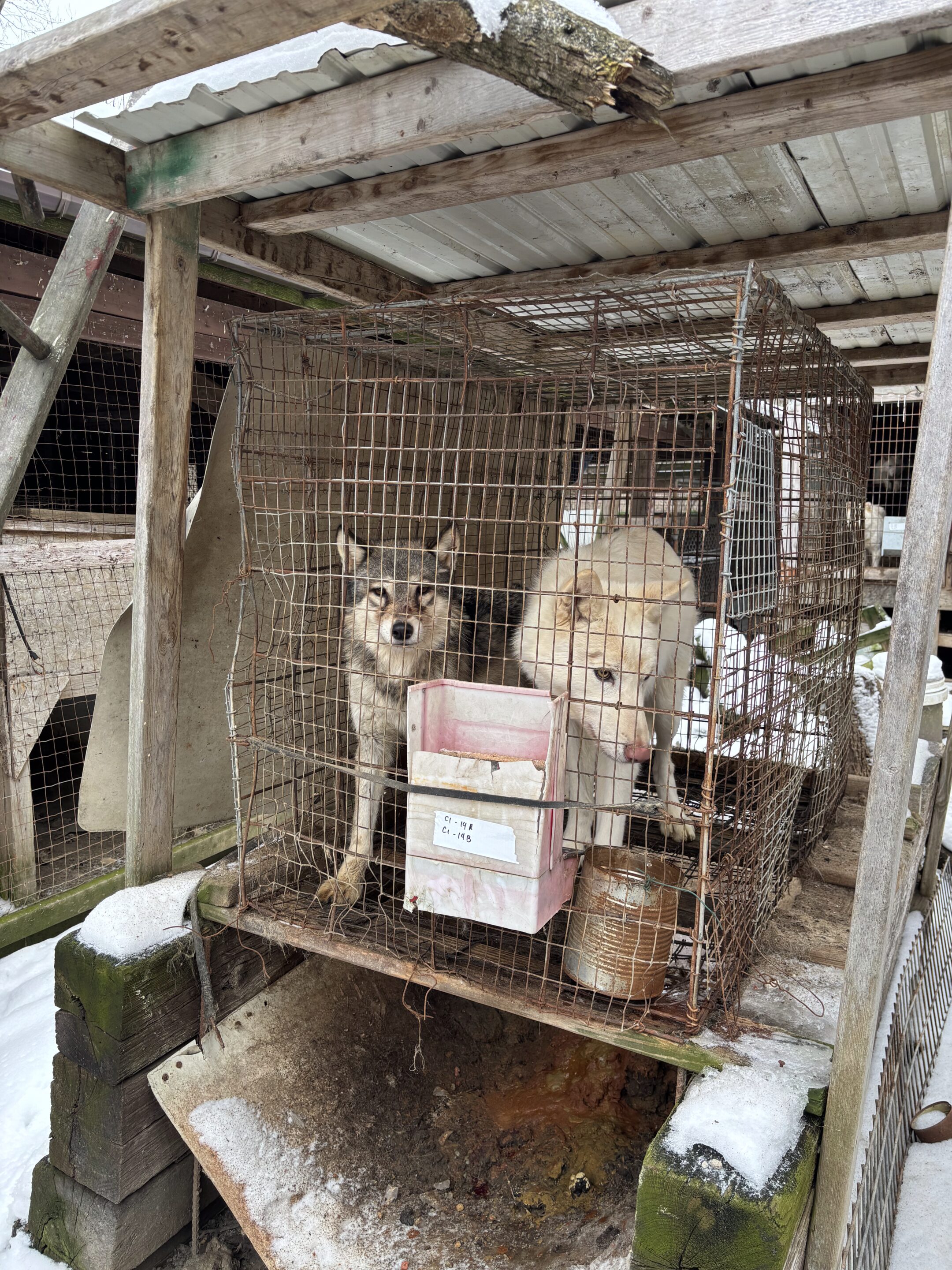
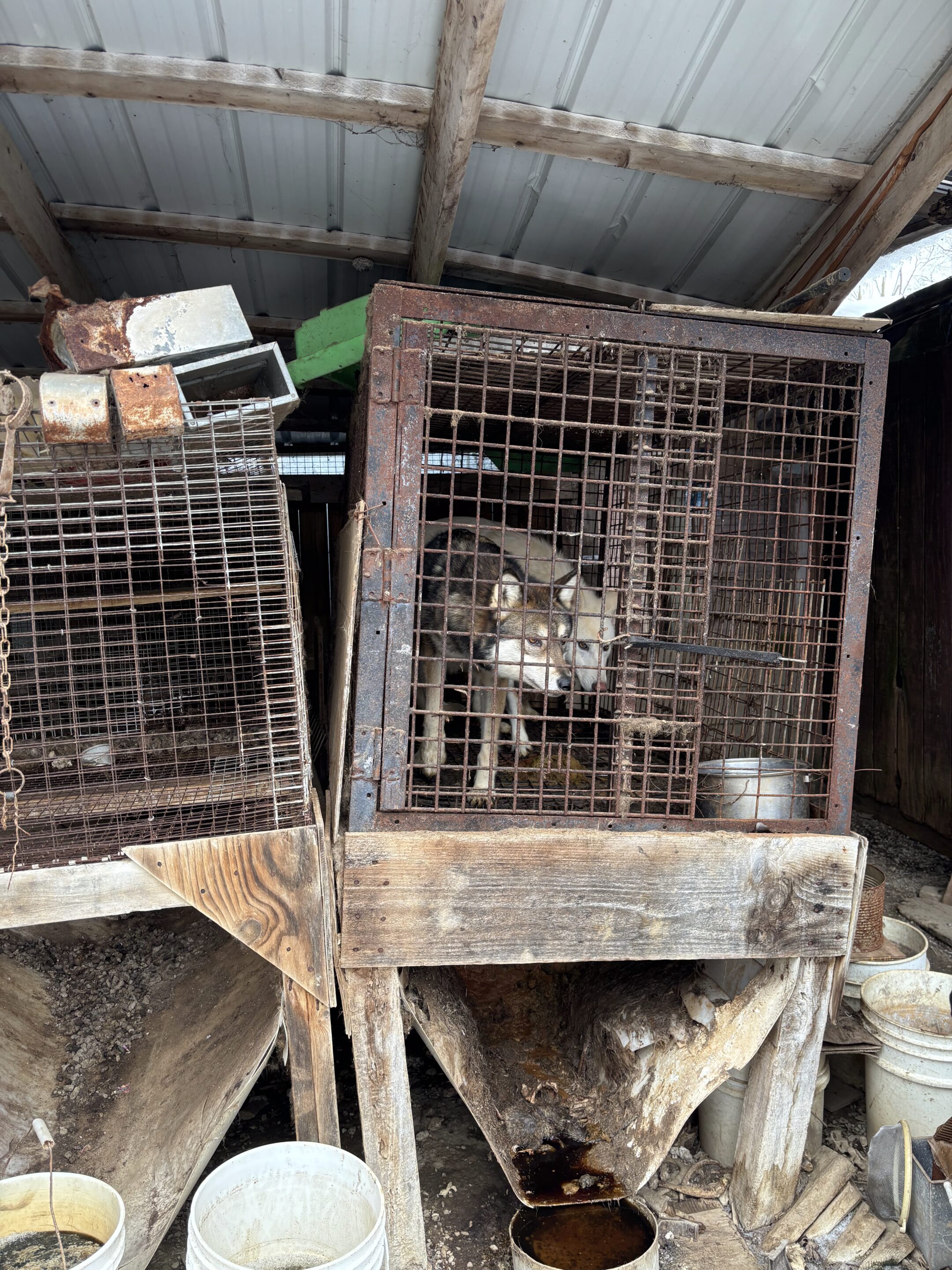

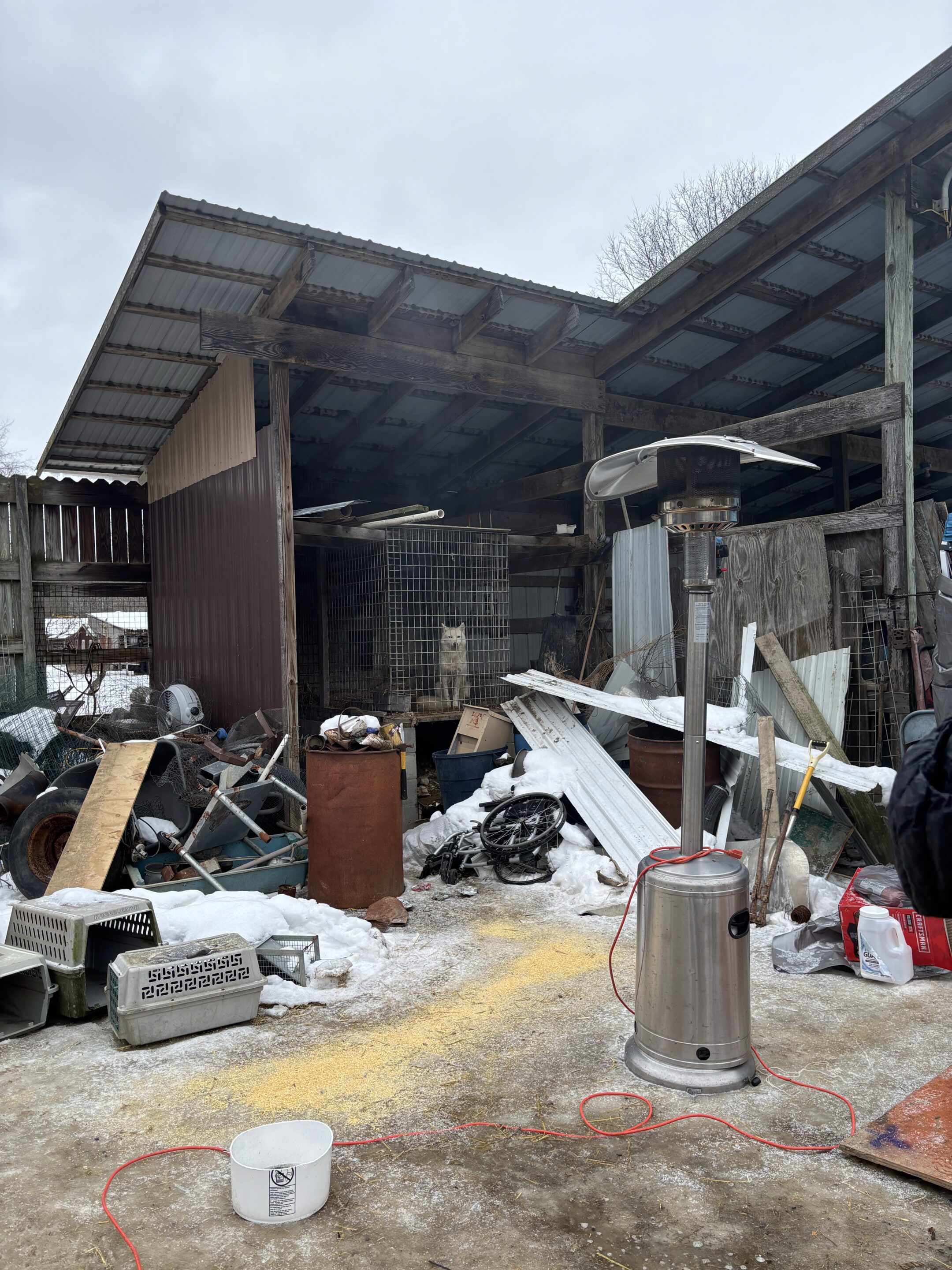
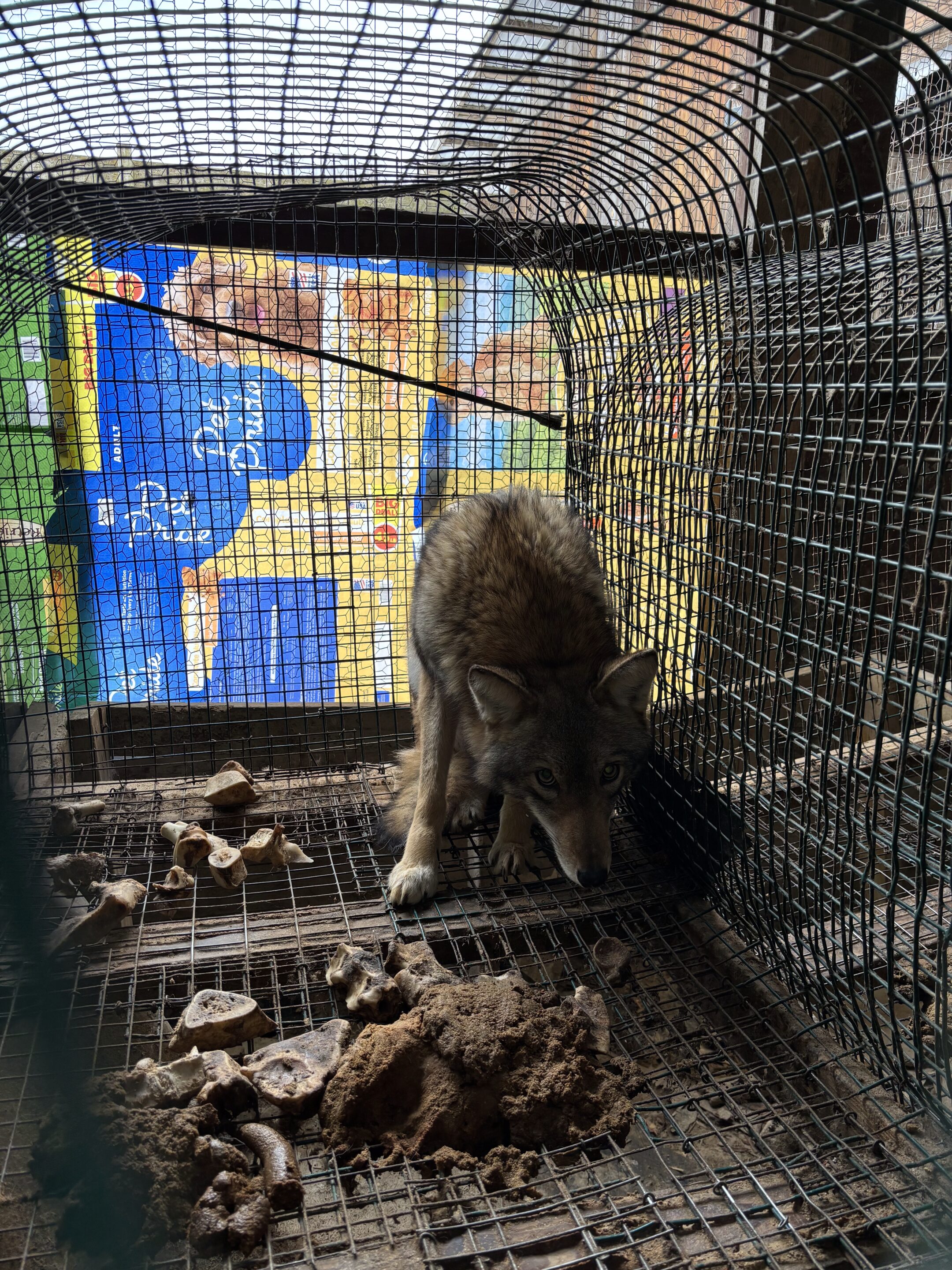

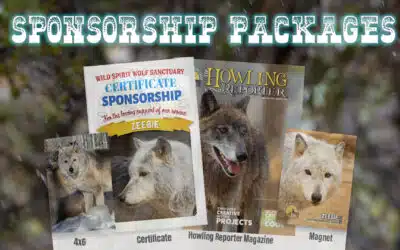

0 Comments
Trackbacks/Pingbacks